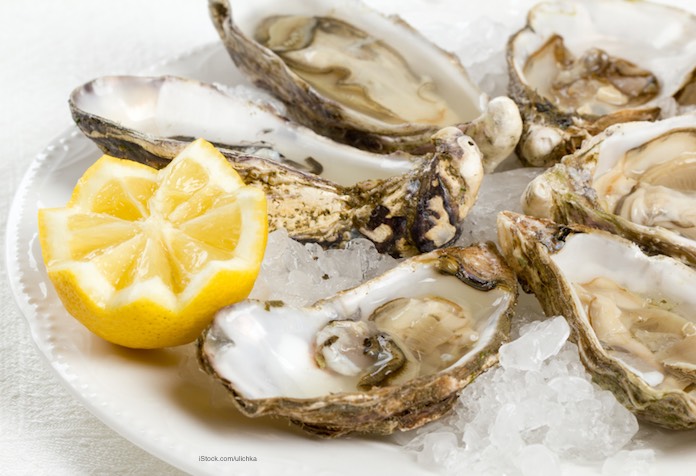The Washington State Department of Heath has posted information about how to safely handle, store, and cook shellfish. There have been Vibrio and norovirus outbreaks linked to eating uncooked shellfish, especially oysters, this year.

All fresh shellfish should be stored in an open container in the fridge. Put a damp towel on the container to maintain humidity. Do not store shellfish in water, since they will die and may spoil.
Shellfish that open and don’t close when they are tapped are dead; do not cook or eat them. If the shells of horse clams, soft-shell clams, geoducks, and razor clams don’t completely close, you can store them for three of four days. Shellfish that close their shells completely can be stored up to seven days. That includes oysters, littlenecks, butter clams, and cockles. The exception to that rule is mussels; they can only be stored for there or four days even if their shells close completely.
If the shellfish are shucked, keep them in the fridge up to 3 days. In the freezer, they will keep up to 3 months. Cooked shellfish can only be refrigerated up to 2 days and frozen up to 3 months.
Once shellfish are thawed (only in the refrigerator), they can keep up to 2 days. Once shellfish are thawed, they should not be refrozen.
Shellfish should be cooked to an internal temperature of at least 145°F for 15 seconds. It’s difficult to use a food thermometer on these foods, so observe certain traits.
Shucked shellfish become plump and opaque when cooked thoroughly and the edges of oysters start to curl. The FDA says that shucked oysters should be boiled for 3 minutes, fried in oil at 375°F for 10 minutes, or baked at 450°F for 10 minutes.
Clams, mussels, and oysters in the shell will open when cooked. Oysters should be steamed for 4 to 9 minutes, or boiled for 3 to 5 minutes after they open. If the shells do not open, don’t eat them.
Scallops turn milky white or opaque and become firm. They will take 2 to 4 minutes to thoroughly cook. Boiled lobster turns bright red. And shrimp turn pink and firm.
Norovirus and Vibrio are the two main pathogens that can make you sick if you eat raw or undercooked shellfish. Oysters have been recalled for Salmonella contamination as well. If you harvest shellfish yourself, always check for beach closures and advisories before you head out.
Harvest as soon as the tide goes out, and don’t harvest oysters that have been exposed to direct sunlight for more than 2 hours. Oysters should be refrigerated or placed on ice as soon as they are harvested.
It’s worth noting that cooking does not destroy biotoxins, such as “red tide” in shellfish. And remember that cooking oysters jus




